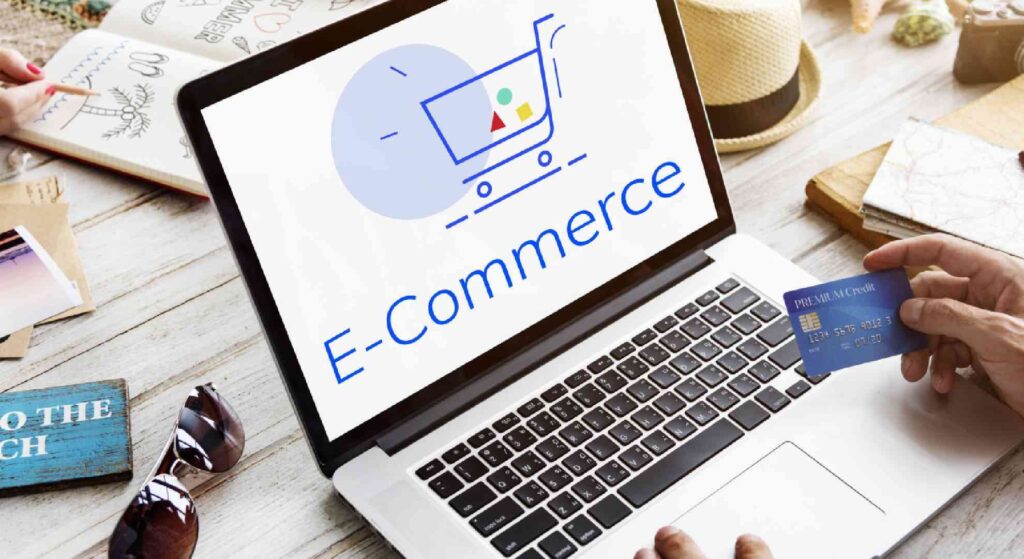
Traditional marketplaces and online platforms play pivotal roles in shaping consumer behavior and influencing market dynamics. This blog aims to delve into the nuances of traditional and online marketplaces, with a specific focus on prominent players in the United Arab Emirates (UAE) and India, such as Amazon, Flipkart, Noon, and Carrefour. By understanding the distinctive features, advantages, and challenges of these marketplaces, businesses and consumers can make informed decisions about where to buy and sell their products.
Traditional vs. Online Marketplaces
Traditional Marketplaces:
- Rich Cultural Experience:
Traditional marketplaces hold a special place in the hearts of consumers, offering a rich cultural experience. Whether it’s the bustling bazaars of Dubai or the vibrant street markets in Mumbai, traditional marketplaces provide an immersive environment where consumers can interact with local vendors, experience diverse cultures, and enjoy the tactile aspect of shopping.
- Personalized Customer Service:
One of the key advantages of traditional marketplaces is the personalized customer service they offer. In-person interactions allow customers to negotiate prices, ask questions, and receive recommendations from experienced sellers. This human touch creates a sense of trust and connection, fostering long-term relationships between buyers and sellers.
- Challenges Faced by Traditional Marketplaces:
Despite their cultural richness and personalized service, traditional marketplaces face challenges in adapting to the changing retail landscape. Issues such as limited reach, dependence on foot traffic, and a lack of digital presence can hinder growth and competitiveness.
Online Marketplace
- Convenience and Accessibility:
Online marketplaces, exemplified by giants like Amazon and Noon, provide unparalleled convenience and accessibility. Consumers can browse through a vast array of products, compare prices, and make purchases from the comfort of their homes. This convenience factor has fueled the rapid growth of e-commerce in both the UAE and India.
- Global Reach:
One of the significant advantages of online marketplaces is their ability to transcend geographical boundaries. Sellers can reach a global audience, opening up new opportunities for expansion. Amazon, for instance, allows businesses in the UAE and India to tap into international markets seamlessly.
- Technological Integration and Innovation:
Online marketplaces leverage cutting-edge technology to enhance the shopping experience. Features such as personalized recommendations, easy payment options, and AI-driven customer service contribute to a seamless and efficient transaction process. Additionally, the integration of augmented reality (AR) and virtual reality (VR) technologies is transforming the way consumers shop online.
- Challenges Faced by Online Marketplaces:
While online marketplaces offer numerous advantages, they are not without challenges. Issues such as cybersecurity threats, the need for robust logistics infrastructure, and the potential for impersonal transactions are factors that require careful consideration.
Marketplaces in the UAE: A Comparative Analysis
- Amazon in the UAE:
Amazon’s presence in the UAE has significantly impacted the e-commerce landscape. We will explore how Amazon has adapted to the unique demands of the market, including its strategies for localizing content, addressing cultural nuances, and competing with regional players.
Read More: How To Sell on Amazon?
- Noon:
As a homegrown e-commerce platform, Noon plays a crucial role in shaping the online shopping experience in the UAE. This section will delve into Noon’s approach to meeting consumer expectations, building partnerships, and contributing to the growth of the digital economy.
- Carrefour:
With a strong offline and online presence, Carrefour provides an interesting case study in the convergence of traditional and online retail. This section will examine how Carrefour has seamlessly integrated its brick-and-mortar stores with its online platform, catering to a diverse consumer base.
Marketplaces in India: A Comparative Analysis
- Amazon in India:
As one of the largest e-commerce players globally, Amazon has made significant inroads into the Indian market. We will explore Amazon’s strategies for navigating the diverse and competitive landscape of Indian e-commerce, including its efforts in localization, market customization, and partnership building.
Read More: FAQs on Amazon Marketplace For Seller
- Flipkart:
As a major player in the Indian e-commerce scene, Flipkart’s story is one of resilience and innovation. This section will discuss Flipkart’s journey, its strategies for gaining consumer trust, and its role in shaping the e-commerce ecosystem in India.
- Local Players in India:
Apart from global giants, India boasts a thriving ecosystem of local online marketplaces. We will highlight the significance of homegrown platforms such as Snapdeal and Myntra, analyzing how they cater to the unique needs and preferences of Indian consumers.
Read More: Cross-Border E-Commerce: Selling on Amazon in the UAE and India
In the ever-evolving retail landscape of the UAE and India, the interplay between traditional and online marketplaces is shaping consumer experiences. Tecfuge(Te) Business Solutions emerges as a crucial player in this dynamic environment, facilitating companies’ successful transition into the digital realm.
We act as a catalyst for businesses, streamlining their entry into online marketplaces. Our company enhances product visibility, optimizes listings, and provides e-commerce consultancy to navigate market complexities. Furthermore, we contribute to efficient logistics, supply chain optimization, and seamless technology integration, ensuring businesses stay competitive in the digital marketplace.
As traditional and online marketplaces coexist, Te’s role becomes pivotal. By aligning with us, businesses can navigate the evolving retail landscape, capitalize on emerging trends, and position themselves for success in the ever-changing world of online commerce.
